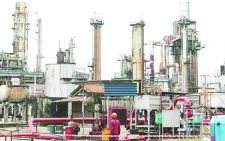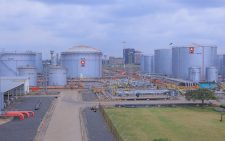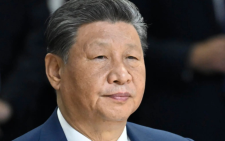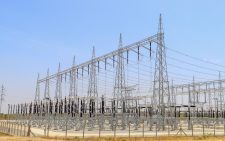KPC banks on solar to cut costly power bills
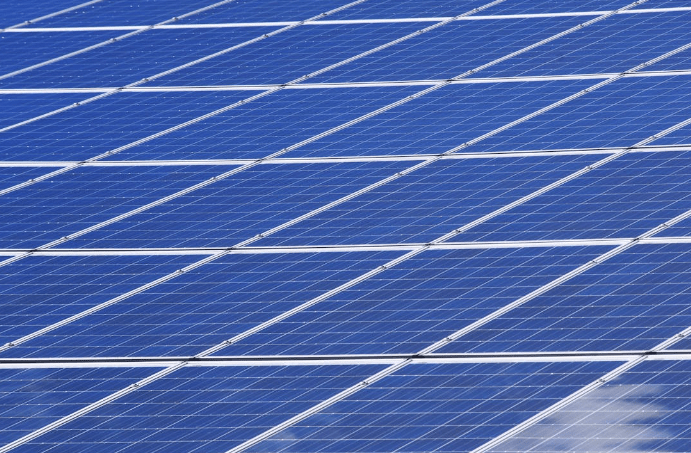
The country is gearing up for increased generation of renewable electricity amid an increasing shift in the number of homes and businesses that are switching to renewable energy in a bid to have a cheaper and more reliable supply.
With new regulations, this also means that those producing more than you need, can also save it on the national grid so that when they are not producing, they get it back from the grid. Kenya Pipeline Company (KPC) is among those firms that are intent on shifting its infrastructure to solar power in a bid to reduce operational costs and contribute to environmental conservation.
High-voltage pumps
According to KPC General Manager for Strategy and Compliance Zilper Abong’o, the decision stemmed from escalating electricity bills from running high-voltage pumps powered by Kenya Power.
She said the state corporation wants to reduce the costs that it inputs into its electricity consumption because its pumps are run through power that it gets from Kenya Power.
“Our bills, having become significantly higher over the years we just felt the need to try and diversify the input of that power away from the grid and that is why solar energy is a very serious consideration on a large scale to have our own mini-grid on the solar mini-farm,” Abong’o said.
She said the initial phase involved setting up solar lighting for KPC’s head office infrastructure, which was successful. The next step is to convert the pumps to solar use, she said. “We are aiming at converting our pumps into solar use, either for redundancy as a main source or as a variant,” Abong’o explained.
Currently, KPC is partnering with entities specialising in medium to large-scale solar power production to assess the financial viability and sustainability of this undertaking. She said the larger pilot project was meant to surmount the challenge of setting up the high-voltage power generation infrastructure across the firm’s 28 pump stations, with a wide geographical spread.
“You cannot put it in one location or have many grids in each of the 28 pump stations,” Abong’o noted, emphasizing the complexity of the project.
The solarisation of KPC’s infrastructure is expected to reduce costs by up to shilling and aligns with KPC’s long-term vision of environmental sustainability and aim to reduce the company’s carbon emissions footprint.
She said KPC is collaborating with international firms and local companies to bring the necessary expertise to the project, as there are specific local firms to give that sort of expertise, acknowledging the scale of expertise required for the project. The pilot phase is set to conclude in the next financial year, ending July 2025, aligning with KPC’s next-generation strategy focused on energy transition.

